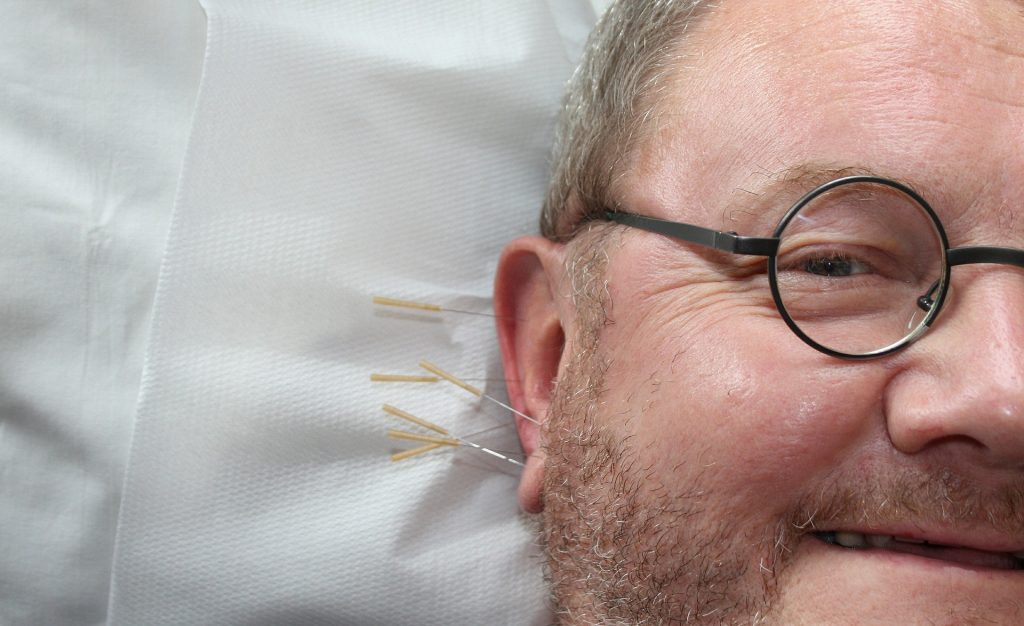
Chronic pain is the primary reason Americans are on disability. One of the main treatments for pain has been opioid medications. But opioids have the potential for abuse and addiction. Because so many people have been prescribed opioids for chronic pain, we are in trouble and have what has been called a public health epidemic. It’s serious, with friends overdosing in our neighborhoods, loved ones becoming addicted and feeling hopeless.
Generally speaking, opioids are not effective for chronic pain management so we need other ways to approach pain. One of those methods is acupuncture.
Acupuncture is an ancient healing art that uses precisely placed, fine needles in the skin to affect a person’s health and pain. It is based on Eastern philosophy of the chi (also spelled qi). The chi is considered a life force that flows through the body through pathways known as meridians. When the meridians are blocked, this disrupts the two types of chi known as the ying and yang balance and illness develops. The idea of acupuncture is that placing tiny needles at the acupuncture points (where the meridians are said to cross), improves pain and restores the balance of the chi.
There are research studies that focus on what is at work with acupuncture. One question is, does the belief that something may work, make it work? Is acupuncture simply an elaborate placebo? Some say, yes. The argument usually hinges on the question as to the realness of the acupuncture points. Skeptics site a large body of studies that do not demonstrate clinical benefit to acupuncture and take the position that rigorous science does not support the claims made as to the effectiveness of acupuncture.
However, others believe it is an effective treatment for chronic pain. Western studies suggest that acupuncture works based on the gate control theory of pain. The theory basically says there are places on the pain pathways that open or close the gates to pain. By placing needles in precise locations, neuromodulators are stimulated that close the gate on the pain message. In other words, the brain doesn’t receive the fully translated message trying to be sent as pain. As a result, acupuncture is throught to stimulate the body’s own healing. Various studies are used to support this side of the argument. Cochrane review studies have found acupuncture to be effective in treating neck pain, tension headaches, migraine headaches, low back pain and fibromyalgia. If you decide to use acupuncture for pain, find a certified provider.
Except from Living beyond Pain, Mintle & Kribs (Baker Books, 2019)


